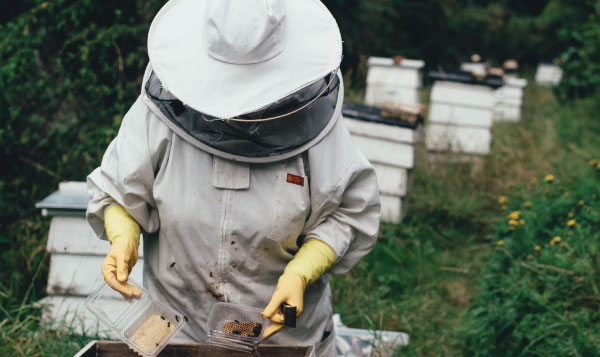06 Sep


Posted By
0 Comment(s)
691 View(s)
Varroa Mite: A Beekeeper’s Guide to Risk, Prevention, and Management
Perhaps one of the most dreaded problems a beekeeper can face, the varroa mite is a deadly parasite that has devastated honey bee hives worldwide. Considered one of the biggest challenges a beekeeper can face, Australia has been cautious enough to avoid varroa mite devastation. However, after recent contamination in NSW, the threat of having to deal with the varroa mite in Australia now looms. While the country still remains largely untouched by the mite, it’s important for beekeepers nationwide to remain vigilant. We have comprised a list of information to help you stay up to date with all the best practices and products for varroa management, prevention, and detection.
How to Prevent Varroa Mites
When it comes to preventing the varroa mite, Australia has mostly been incredibly successful. This is largely thanks to our strict biosecurity laws which have protected Australian beekeepers from infestations for decades. While the majority of varroa mite prevention happens at the border, beekeepers also rely on every state having strict measures in place should initial biosecurity be breached. If you keep bees, it’s important to familiarise yourself with your state’s prevention tactics and adhere to the requirements at all times. Prevention tactics and requirements can include:
- Carrying out regular detection tests
- Becoming familiar with your state’s control areas and all relevant beekeeping permits
- Adhering to your state’s restrictions on moving bees, hives, equipment, and products
- Knowing how and where to report suspected or confirmed cases of varroa mite
- Learning how varroa mites spread so as to avoid anything that could aid their migration

Detecting Varroa Mites
In order to swiftly detect any outbreak of varroa mite in Australia, consistent and thorough tests should be carried out by beekeepers. There are a few different techniques that can be used to detect varroa mite infestation before the spread becomes unmanageable. Here in Victoria, there are three main methods that have been recommended to beekeepers by Agriculture Victoria:

- The Sugar Shake Test: This testing method has been used by beekeepers throughout Australia, as the technique is quick and simple. When adult bees are dusted with icing sugar, the fine granules stick to the feet of any potential mites, causing them to lose their grip and fall off, making detection easier. Learn more about the sugar shake method and how to conduct it.
- The Alcohol Wash Test: This test is most effective when wanting to detect mites in a smaller brood. It is quick, easy, and more accurate than sugar shake testing, making it a popular method for early detection. However, it should be noted that this method will kill the bees that are tested. Learn more about the alcohol wash test and how to conduct it.
- Drone Uncapping Inspection: While this method should not be solely relied upon for varroa detection, drone uncapping is particularly useful for beekeepers with colonies that have large brood nests. The mites have a particular preference for drone brood, meaning this detection method is most accurate during springtime when the drone brood is strongest. Learn more about drone uncapping and how to conduct it.
Undergoing Varroa Mite Treatment
If you have conducted detection tests and found mites in your colony, the next step to take after reporting the infestation is conducting varroa mite treatment. Looking at other countries that have been affected by varroa, we know that the most effective methods of treatment are natural and synthetic chemicals. Chemical treatments such as miticides have been selected to eradicate the presence of varroa without causing harm to the bees in your colony. However, it should be noted that these chemical solutions should only be used when you are certain that an infestation has occurred, as the mites can become resistant to treatment if the chemicals are overused. Your hive boxes should also be free of honey to avoid contamination and loss of produce.
We’re Here to Help
At Bob’s Beekeeping Supplies, we understand how daunting the threat of varroa mites can be to beekeepers throughout the country. We have a real passion for our trade, and we want to do everything we can to stop the spread of the varroa mite in Australia. With over 15 years of industry experience, we are committed to helping beekeepers throughout Australia, providing everything you need to keep varroa mites away from your bees. We have a range of products coming to our store soon to help you stay informed and prepared for any future varroa mite infestations we may face. Contact us today to find out more about the products coming to our store and keep your bees and your livelihood safe with Bob’s Beekeeping Supplies!

